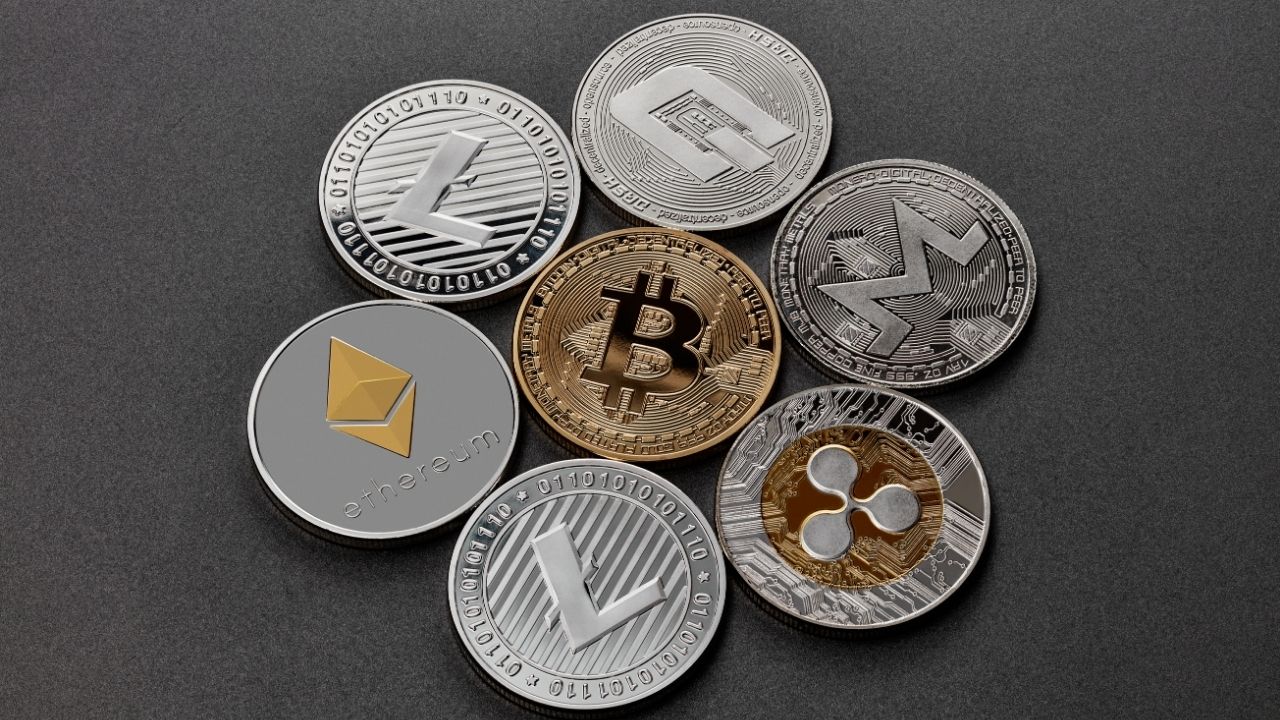Cryptocurrency has evolved way beyond speculative investment and trading. One of its largest real-life examples is in cross-border payments, hence this has been dominated by banks and remittance providers. Out of the digital assets, the ripple price has attracted special focus due to its capacity to establish cross-border dealings in a short period of time. Now, the major question investors may pose would be whether XRP is the best coin to consider as far as cross-border payments are concerned.
The Dilemma of Cross-Border Deals
Cross-border payments that typically take place are ineffective. They may also require several days to settle, numerous intermediaries, and large fees. In terms of businesses dealing with international partners or other customers sending remittances to their friends or family, these costs and delays prove to be extremely burdensome. The investors in this field would mostly focus on projects that could enhance speed, cut down the cost, and provide high levels of accessibility. Ripple has been branded as a cryptocurrency that directly addresses these.
How XRP Works in Cross-Border Payments
Ripple PR is the native currency of the Ripple network, which is aimed at delivering fast and cost-efficient cross-border transfer of value. Unlike Bitcoins, XRP transaction is approved in seconds, in contrast to several minutes that Bitcoins require. Costs are low, typically only a fraction of a cent, so it can be used both with large corporate transfers as well as in small remittances. Ripple does not exploit the customary algorithm of mining but instead the consensus algorithm, which not only cuts down on the energy consumption but also increases the transaction speed.
Ripple Partnerships and Ecosystem
One of the best XRP advantages is partnerships between Ripple and financial organizations. Among its collaborators are banks, payment providers, and fintech companies globally, who have chosen their payment solutions and collaborated with them. RippleNet, the group's payment network, enables banks to rapidly fulfill payments in real time, most of the time using XRP as the means of exchange. Such network effect has evinced credibility to XRP in the financial industry, which many other cryptocurrencies do not have. To investors, this large-scale adoption is an indication of non-speculative uses.
Comparison with Other Cryptocurrencies
Although XRP is the leading competitor in the cross-border payment market, it does not get a solo ride. International transfers are also made using stablecoins such as USDT and USDC, which are tied to U.S. dollar prices. Still, though, stablecoins are attached to centralized issuers and need liquidity providers to facilitate cross-currency transactions. Bitcoin is recognized, but it is slower and more costly as a cross-border transaction. Ethereum is very flexible in terms of smart contracts, but it is also known to have network congestion and a considerable fee. XRP is faster, scalable, and more cost-effective than those mentioned in this comparison.
The Effect of Regulation
It is impossible to speak of XRP without mentioning the regulatory issues that it has had to contend with, most notably the case against it by the Securities and Exchange Commission (SEC). The matter called into question exactly what XRP is or should be categorized as, making the market unsure of what to do with it. Whereas the case has swung in the favor of Ripple in some aspects of the legal battle, investors have not put their trust in it. Still, the court verdicts regarding these regulatory matters may become a precedent for the whole crypto sector and define the purpose of XRP in cross-border transactions in the long term.
Investment Considerations
XRP both poses an opportunity to investors interested in cross-border payments and risks to them. The fact that it has been adopted due to its utility makes it more than a speculative currency, and this is what gives it a practical place within the financial ecosystem. The investors, however, have to pay attention to the fluctuations of the crypto-markets and the risk posed by regulatory decisions. With the rising interest in faster, cheaper international transfer, it can be expected that XRP may be seen as an interesting long-term investment, but others might not have the stability of other solutions, such as stable coins.
Conclusion
XRP has become one of the most powerful cryptocurrencies to use in cross-border payment solutions. It has an advantage over some of its competitors because of its speed, low transaction costs, and good institutional partnerships. Concomitantly, the current regulatory environment and the volatility of the market multiply risks to investors. The question of XRP being the most suitable coin to invest in when it comes to cross-border payments is a matter of risk tolerance and faith in Ripple as a company capable of maintaining and building partnerships and facing regulatory challenges. What is obvious, however, is that XRP continues to be one of the key drivers of the future of global payments.


